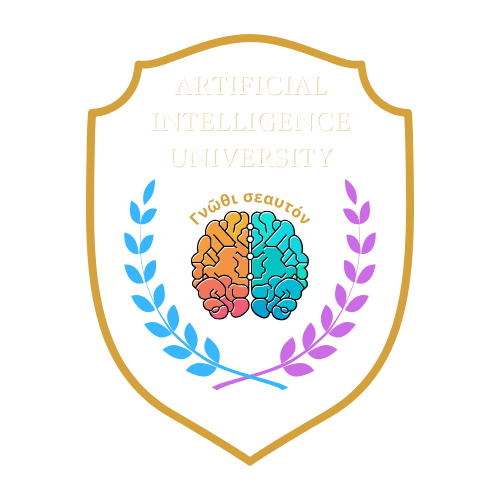Unleashing the Potential of Python to Create Immersive Virtual Experiences
Introduction: In the ever-evolving landscape of technology, the metaverse has emerged as a captivating realm where virtual and physical realities converge. As virtual worlds become more sophisticated and immersive, the role of programming languages in shaping these experiences becomes crucial. Among the various programming languages, Python stands out as a powerful tool for building and powering virtual worlds. In this article, we will explore the possibilities and potential of Python programming in the metaverse, uncovering how it can transform the way we interact with virtual environments.
Background: Before delving into the applications of Python in the metaverse, let’s first understand the concept of the metaverse itself. The metaverse refers to a collective virtual shared space that encompasses a wide range of digital experiences, including virtual reality (VR), augmented reality (AR), and immersive online games. Python, known for its simplicity, versatility, and vast library ecosystem, has gained significant popularity as a programming language for a multitude of applications. Its adaptability and ease of use make it an ideal choice for developing virtual worlds in the metaverse.
Challenges: Creating virtual worlds that are dynamic, interactive, and visually appealing poses several challenges. These challenges include optimizing performance, managing complex 3D graphics, handling real-time interactions, and ensuring seamless integration with other technologies. Python, being an interpreted language, has historically been associated with slower execution speeds compared to lower-level languages. However, advancements in Python libraries, such as Pygame, Panda3D, and Pyglet, along with the integration of acceleration techniques like Cython and Numba, have significantly mitigated these performance concerns.
| Challenges in Virtual World Development |
|---|
| Performance optimization |
| Managing complex 3D graphics |
| Real-time interaction handling |
| Seamless integration with other tech |

Solutions or Techniques: Python offers a plethora of libraries, frameworks, and tools that empower developers to overcome the challenges faced in virtual world development. One such example is the Blender Python API, which allows seamless integration of Python scripts into the Blender 3D modeling and animation software. This enables developers to automate tasks, create custom tools, and manipulate 3D objects programmatically.
Additionally, frameworks like Pygame and Panda3D provide a robust foundation for developing interactive virtual environments. These frameworks offer functionalities for rendering 2D and 3D graphics, handling user input, and managing physics simulations. With their extensive documentation and active communities, developers can quickly learn and leverage these frameworks to bring their virtual world visions to life.
Case Studies: To illustrate the power of Python in the metaverse, let’s explore a few notable case studies. First, the popular game development platform, Roblox, utilizes a modified version of Python as its scripting language. This allows millions of developers to create their own games within the platform, showcasing Python’s flexibility and accessibility.
Another example is the OpenAI Gym library, which enables developers to train reinforcement learning agents in simulated environments. Python, with its simplicity and wide array of machine learning libraries, provides a conducive environment for researchers and developers to experiment and iterate on their virtual agents.
Measuring Success: The success of Python programming in the metaverse can be measured through various key performance indicators (KPIs) and metrics. These include factors such as the responsiveness of virtual environments, the smoothness of interactions, the efficiency of resource utilization, and user satisfaction surveys. By continuously monitoring and optimizing these metrics, developers can ensure the creation of immersive and engaging virtual worlds.
Conclusion: Python programming has become an integral part of the metaverse, empowering developers to build immersive virtual worlds with ease. Its versatility, extensive library ecosystem, and vibrant community make it an ideal choice for tackling the challenges of virtual world development. As the metaverse continues to evolve, Python will play a vital role in shaping the future of virtual experiences.



